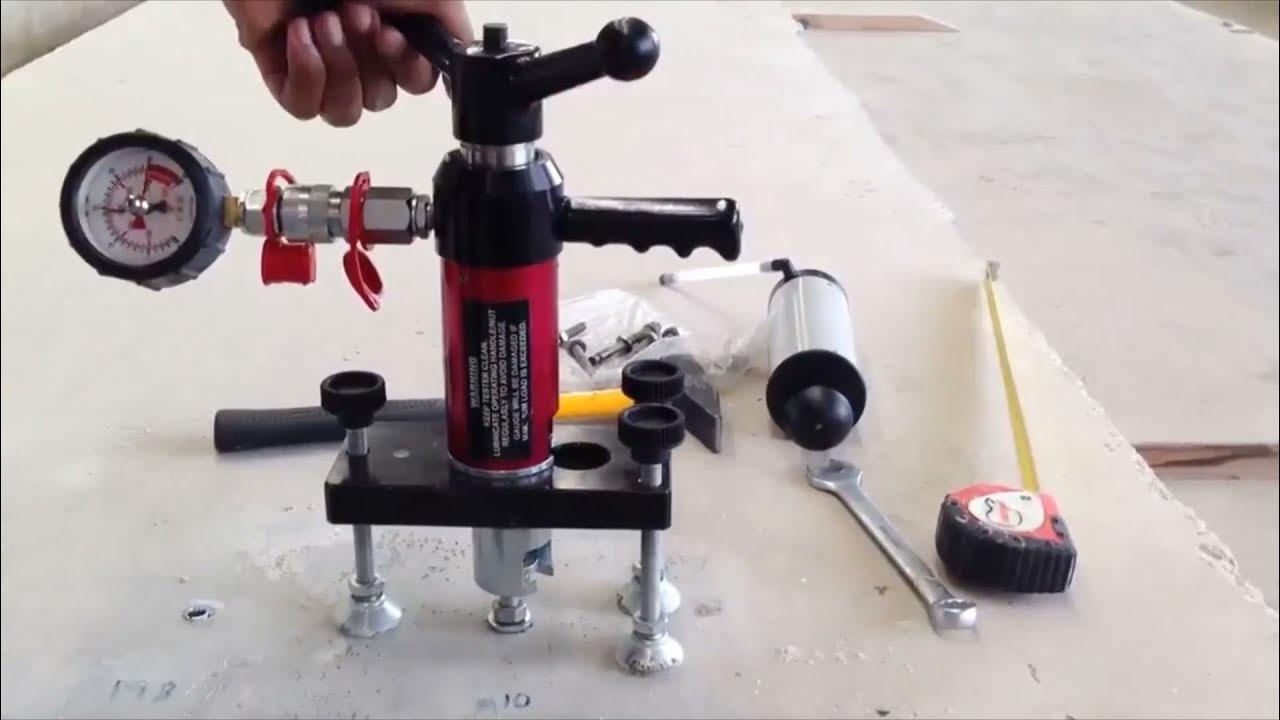This article provides an in-depth exploration of anchor bolts, shear studs, and pull-out testing, integral components in construction and engineering projects. Anchor bolts secure structures to concrete, shear studs facilitate composite construction, and pull-out testing ensures the reliability and safety of these connections. This 2000-word analysis covers the types, applications, testing methodologies, industry standards, and advancements in these critical elements, emphasizing their significance in ensuring structural integrity and safety.
1.1 Overview of Anchor Bolts: Anchor bolts are structural fasteners used to attach objects or structures to concrete. They play a pivotal role in providing stability and resistance to various loads, ensuring the safety and longevity of buildings, bridges, and other infrastructure.
1.2 Importance of Shear Studs: Shear studs are essential in composite construction, where they facilitate the connection between steel structures and reinforced concrete. By improving the load-carrying capacity and structural performance, shear studs contribute to the efficiency and strength of composite systems.
1.3 Significance of Pull-Out Testing: Pull-out testing is a critical process in assessing the effectiveness of anchor bolts and shear studs. This method evaluates the bond strength between the fastener and the concrete, ensuring that the connection can withstand the anticipated loads.Self Drilling Screw
Anchor Bolts:
2.1 Types of Anchor Bolts:
Expansion Anchors: Commonly used in concrete, expansion anchors expand against the material to create a tight connection.
Sleeve Anchors: Employing a cylindrical sleeve, these anchors are suitable for various base materials.
Wedge Anchors: Featuring a wedge-shaped expansion mechanism, these anchors are known for their strength and reliability.
2.2 Applications of Anchor Bolts: Anchor bolts find applications in:
Building and bridge construction
Industrial machinery installation
Seismic retrofitting
Infrastructure projects
2.3 Industry Standards for Anchor Bolts: Adherence to standards such as ASTM F1554 and ACI 318 is crucial for ensuring the quality and reliability of anchor bolts. These standards specify material requirements, dimensions, and testing procedures.
Shear Studs:
3.1 Types of Shear Studs:
Through-Deck Shear Studs: Designed for composite floor systems, these studs penetrate through the steel deck and become embedded in the concrete.
Headed Shear Studs: Featuring a welded head, these studs are suitable for composite beams and columns, providing effective shear transfer.
3.2 Applications of Shear Studs: Shear studs are used in various applications, including:
Composite beam and slab construction
Bridge construction
Industrial buildings
Seismic-resistant structures
3.3 Industry Standards for Shear Studs: Standards like AWS D1.1 and Eurocode 4 provide guidelines for the design, fabrication, and installation of shear studs. Compliance with these standards ensures the structural integrity of composite systems.
Pull-Out Testing:
4.1 Importance of Pull-Out Testing: Pull-out testing is crucial for:
Verifying the adequacy of anchor bolt and shear stud installations
Ensuring compliance with design specifications
Assessing the structural safety and integrity of connections
4.2 Pull-Out Testing Methods:
Mechanical Testing: Involves applying force to the fastener until failure occurs, measuring the maximum load and assessing the mode of failure.
Non-Destructive Testing: Utilizes technologies like ultrasonic testing to assess the bond strength without causing damage.
4.3 Industry Standards for Pull-Out Testing: ASTM E488 and ACI 355 provide standardized procedures for conducting pull-out tests. Following these standards ensures consistency and reliability in evaluating the performance of anchor bolts and shear studs.
Advancements and Innovations:
5.1 Smart Anchor Bolts: Integration of sensors and monitoring devices into anchor bolts allows real-time monitoring of loads and conditions, providing valuable data for maintenance and safety assessments.
5.2 High-Performance Shear Studs: Advancements in materials and manufacturing processes have led to the development of high-performance shear studs, enhancing the load-carrying capacity and durability of composite structures.
5.3 Advanced Pull-Out Testing Techniques: Incorporation of advanced technologies, such as 3D imaging and computer simulations, enhances the accuracy and efficiency of pull-out testing, providing a more comprehensive understanding of connection behavior.
Challenges and Considerations:
6.1 Corrosion Protection: Corrosion poses a significant challenge to the longevity and performance of anchor bolts and shear studs. Implementing effective corrosion protection measures is essential for ensuring the durability of connections.
6.2 Installation Quality: Proper installation is crucial for the effectiveness of anchor bolts and shear Self Drilling Screw. Inadequate installation practices can compromise the structural integrity of connections, emphasizing the need for skilled and certified personnel.
Conclusion:
In conclusion, anchor bolts, shear studs, and pull-out testing are fundamental elements in the realm of construction and engineering. The proper selection, installation, and testing of these components are vital for ensuring the safety, reliability, and longevity of structures. As advancements continue to drive innovation in materials, technologies, and testing methodologies, the construction industry can expect improved efficiency and enhanced performance in anchor bolt and shear stud applications. Continuous adherence to industry standards and a focus on quality control will remain paramount for the sustainable development of robust and resilient structures.
















